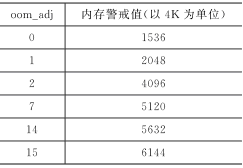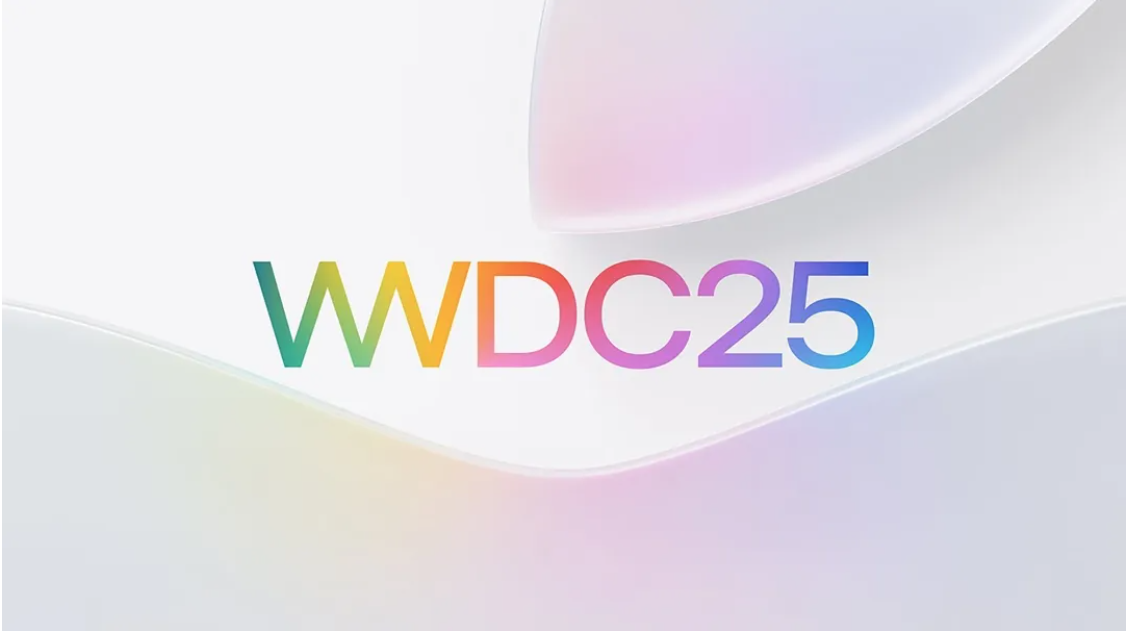iOS目前版本的内存管理差异有哪些呢?

说到技术那么大家都知道版本的升级那是在所难免的了,那么如果你是在学习ios的话那么也会有些关于ios版本的问题,这不前两天就有同学问老师:iOS目前版本的内存管理差异有哪些呢?如下就是我赢职场老师给学员的解答,由尚网小编整理希望对大家有所帮助。
iOS6.0以前版本
1
收到内存警告:调用 didReceiveMemoryWarning 内调用 super 的 didReceiveMemoryWarning 会将 controller 的 view 进行释放。所以我们不能将controller的view再次释放。
处理方法:
-(void)didReceiveMemoryWarning
{
[super didReceiveMemoryWarning];//如没有显示在window上,会自动将self.view释放。
// ios6.0以前,不用在此做处理,self.view释放之后,会调用下面的viewDidUnload函数,在viewDidUnload函数中做处理就可以了。
}
-(void)viewDidUnload
{
// Release any retained subviews of the main view.不包含self.view
[super viewDidUnload];
//处理一些内存和资源问题。
}但是到了 IOS 6.0之后,这里又有所变化,IOS 6.0内存警告的 viewDidUnload 被屏蔽,即又回到了IOS 6.0以前版本时期的内存管理方式。
收到内存警告:调用 didReceiveMemoryWarning 内调用 super 的 didReceiveMemoryWarning 调只是释放 controller 的 resouse,不会释放view。
处理方法:
-(void)didReceiveMemoryWarning
{
[super didReceiveMemoryWarning];//即使没有显示在window上,也不会自动的将self.view释放。
// Add code to clean up any of your own resources that are no longer necessary.
// 此处做兼容处理需要加上ios6.0的宏开关,保证是在6.0下使用的,6.0以前屏蔽以下代码,否则会在下面使用self.view时自动加载viewDidLoad
if ([self.view window] == nil)// 是否是正在使用的视图
{
// Add code to preserve data stored in the views that might be
// needed later.
// Add code to clean up other strong references to the view in
// the view hierarchy.
self.view = nil;// 目的是再次进入时能够重新加载调用viewDidLoad函数。
}






评论